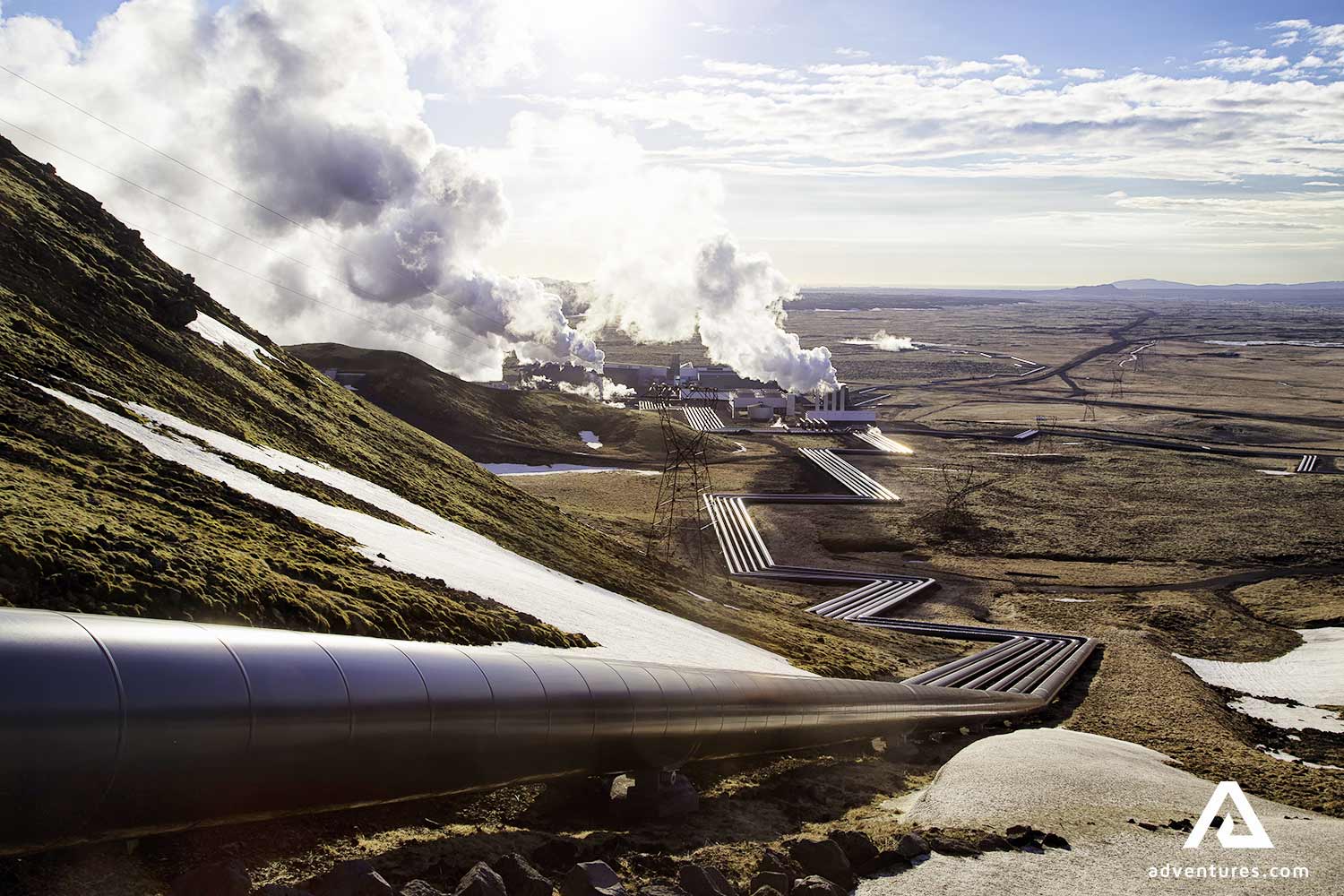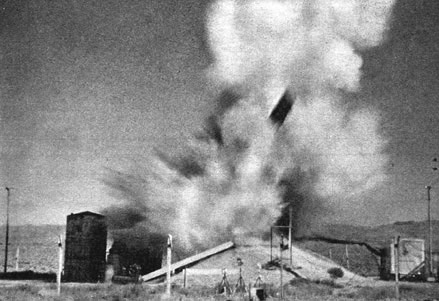Just before spring break, our class took a trip to the Museum of Science with a list of exhibits to observe and talk about in class. The exhibits connect with the topic we are on in class at the moment; which is alternative energy sources. We were able to see exhibits on how wind and solar energy work, as well as a few exhibits that we were able to interact with that connects with our physics portion of the class.
This first exhibit I took a look at was the exhibit on how wind energy works. In the most basic terms one can use, wind turbines simply catch the energy of the wind and converts it into a form of energy that we are able to use. A turbine is very simple. It is made up of blades, a hub, low speed shaft, a gearbox, high speed shaft, electric generator, a yaw motor, and an electric controller. I wont get into how each piece of the machine plays its roll in the turbine, however I will talk about how the wind turbine works over all. The wind turbine is turned to face the direction the wind is blowing with the yaw motor. Once the wind turbine is put into place, the blades on the turbine are shaped in such a way to catch the motion of the wind, which in result the blades begin to spin on the turbine. While the blades are spinning, it is powering a generator inside of the turbine. Each turn powering the device more and more; it then uses the energy produces to power are needs just as fossil fuels do. The best part about producing energy with wind is that there is absolutely no increase to the green house gasses in our atmosphere.
After I then took a look at the exhibit which talked about the process of solar energy. The poster I read talked about how power plants use fossil fuels to create heat which then they use to boil water and create steam energy. Steam energy is simple, the steam rises and while rising it pushed a turbine which then generates electricity similar to the way that a wind turbine produces its energy. Solar energy is similar, however the sun is the energy source instead of fossil fuels. The process uses mirrors to focus sunlight at a central point, generating enough heat to boil water. From there the rest of the process of creating electricity is the steam energy generated from the boiling water. Such a simple fix can make such a large difference over all to the greenhouse gas effect that we put into are atmosphere by using fossil fuels that pump the carbons into the air. We have three different ways to collect the solar energy; towers, troughs, and parabolic dishes.







